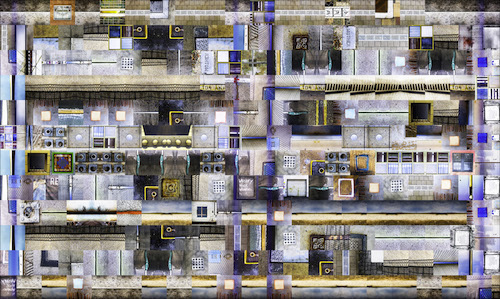Thomas Athey
Member Spotlight - July 2019
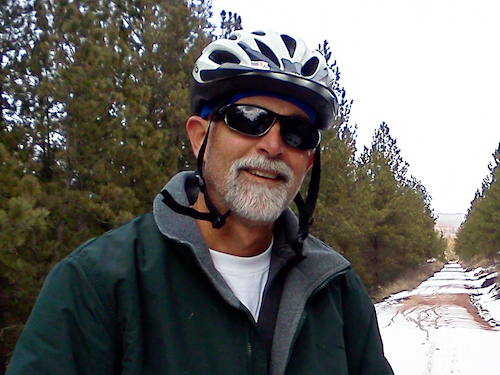
- Where did you grow up, and where do you live now?
I was born in Chicago but actually grew up in the suburbs of Kansas City. After high school I bounced around a bit–Flagstaff, Spokane, Phoenix–before moving to Austin in 1978, where I earned a fine arts degree from the University of Texas and where my wife and I and two grown sons still reside. Austin is a wonderful city with a strong creative culture, a robust economy and a lot of natural beauty. I really can’t imagine living anywhere else at this point in my life.
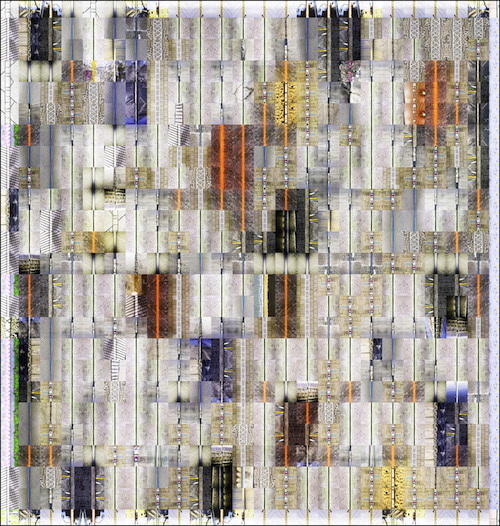
- Why did you join TPS, and how long have you been involved?
I first became enamored with photography in 1983. I had an image included in the TPS Statewide Exhibition in 1985 and I first became a member in 2002. I’ve always been a big fan of TPS and the innovative and professional manner in which they serve the arts community.

- Why did you become a photographer, and where do you find inspiration or motivation for your work?
I started my creative journey as an apprentice to a potter in high school and then switched to painting in college. Unfortunately, my painting career got waylaid due to a lack of space. That may sound trivial, but I was painting large canvasses and didn’t have anywhere to keep them. It wasn’t practical for me to rent storage space at that point in my life, so I went in search of a more compact medium. As it turned out, photography provided an immediacy and accessibility that I enjoyed, as well as being much more manageable spatially than painting, and once I got started I never looked back.
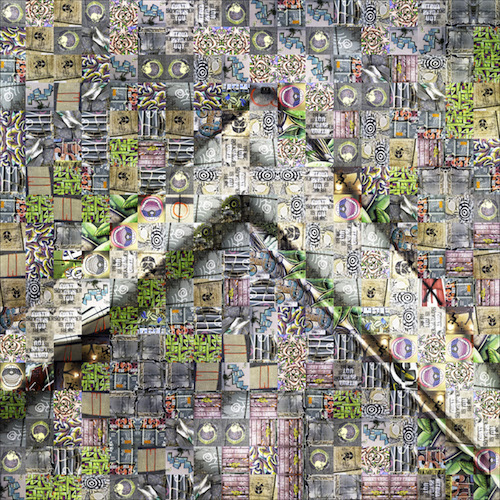
Regarding inspiration, I consider myself a ‘reactive’ artist. That is, rather than actualizing ideas or images that originate between my ears, I tend to react to external stimuli and create artifacts in response to things that I’ve experienced directly. In my view, a camera is always reactive in the sense that it receives light from external sources and responds to that internally. So, as an artistic medium, it seems like a good match for my personality.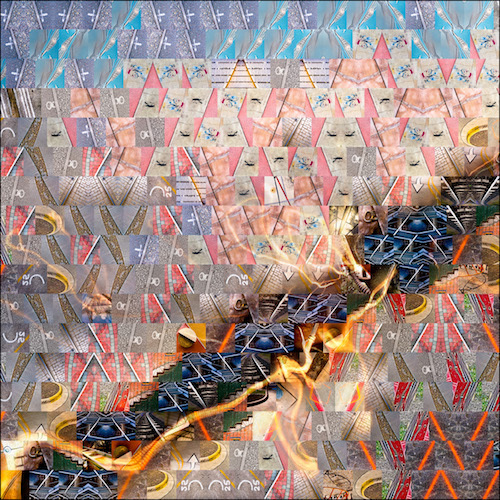
- How would you describe your photography and/or working process?
My photographic modus operandi today is exactly the same as it’s been for decades. I’m a street shooter. Basically, I ride around Austin on my bike and take pictures of stuff that catches my eye. Over the years it’s become clear to me that I have three distinct photographic personalities, that I shoot for three main reasons.
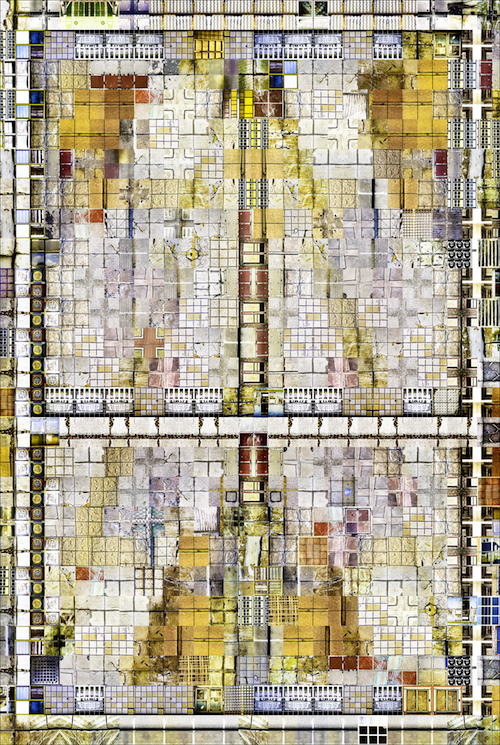
First and foremost, I shoot for history. The documentation of my place, my time and my culture has always been at the root of my photographic quest. I love living in the city. I thrive on the complexity of interaction between man and environment, the fascinating cycles of decay and renewal, the constant yet unpredictable transformation of the urban core. So I work my beat, documenting change and stagnation, a neutral observer in a buzzing human hive, a collaborative habitat, a manifestation of consensus.
I shoot construction and demolition. I document the street art and graffiti. I photograph the titanic interstate flyovers, the crumbling walls, the revolving signage, the life and death of businesses. I puzzle after the city workers and their cryptic spray paint dialogues, tantalizing references to their proprietary subterranean network of tunnels, pipes and wires. I record the weather and the light, the change of the seasons, the lifecycle of trees. I thrill in the early stages of skyscraper construction, in the excavation of the earth, the ordered grid of foundation, the skeletal body roughed out by pillar and beam, only to abruptly lose interest as the structure solidifies and predictability ensues. I wrestle with the logic of a world built for cars, with the explosive proliferation of flat, hard surfaces required for expedient transport, with the absurdity of sprawling parking lots and massive garages, even as I acknowledge my own dependence on roads and trails and confess to my enduring fascination with the Escher-esque conundrums of multi-level carparks. I feel that I have a role to play in this ongoing drama, an obligation to witness and record, to acknowledge and appreciate.
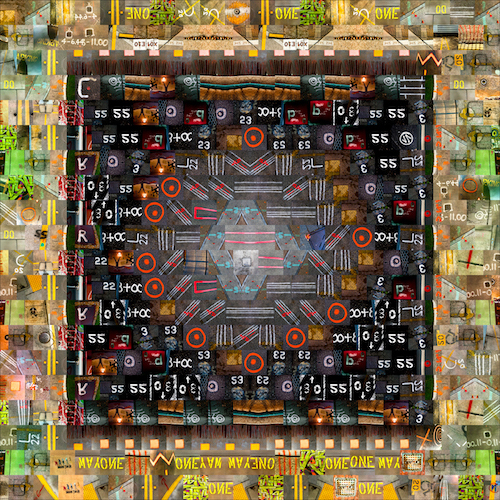
Second, I shoot for art. And by this I mean single image fine art photographs. In an early artist’s statement, circa 1984 or thereabouts, I described myself as an “arranger of shapes” in the way that I approach photography, and I think this still holds true today. My primary artistic interest is, and always has been, composition. Light, shadow, color, subject, these are all indispensable elements of a successful photograph. But what really grabs my eye, rabid abstractionist that I am, is the relationships of the forms within an image regardless of their real world function or the names and qualities that are normally associated with them.
For me, a well composed, well rendered image of a crack in the sidewalk–the slow-motion tectonic violence of separated concrete, the self-organizing complexity of street detritus in the nooks and crannies, the subtle discoloration feathering from the center after a light rain–can be just as eloquent and evocative as a beautiful sunset image or a stunning wedding photo. Maybe all of that goes without saying, because settling into a comfortable composition is just my style, it’s just what I do naturally, and I’ve never felt compelled to change that.
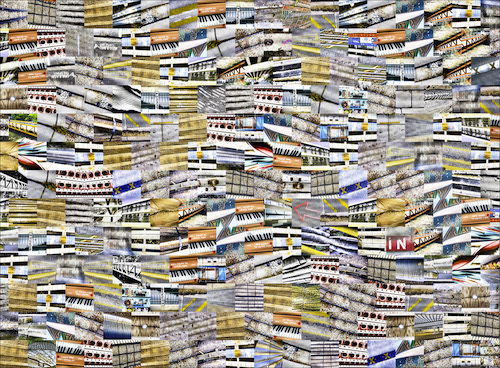
Finally, as my relatively recent transition to collage has moved me toward the fringes of the photographic spectrum, I’ve become a sampler. Like a traditional collage artist snipping images from magazines or gathering found objects for creative arrangement, I spend a lot of time shooting scraps, collecting digital image samples destined to play bit parts in the synthesis of larger, more complex artifacts. Now, instead of simply documenting urban transitions or composing fine art images, I seek out subjects with painterly qualities, interesting palettes or unusual attributes that may take on greater meaning when combined in intriguing ways with other images.
- Please tell us about your most recent photographic work.
For the last several years, I’ve placed my history and fine art pursuits on the back burner and focused exclusively on photographic collage. At the root of this is my interest in memetics, the idea that non-biological entities like ideas, behaviors, language or images can evolve using the same principles as biological evolution: inheritance, mutation and selection.
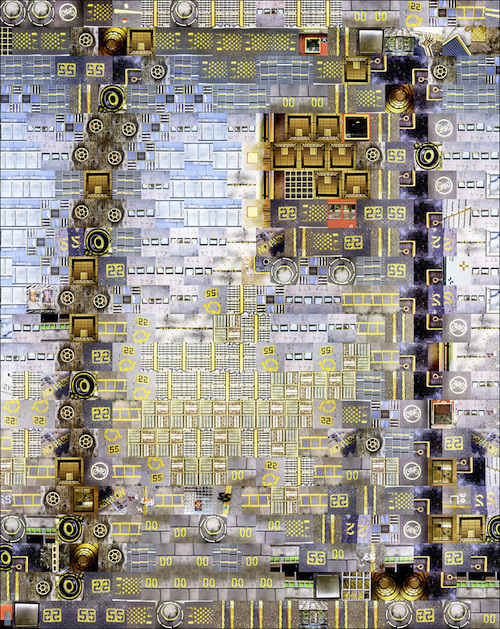
My goal is to build a creative workflow that operates according to these principles, a survival-of-the-fittest process that, through constant review and competition, allows certain images to advance to higher levels of exposure/success and others to get relegated and essentially become extinct. To facilitate this, I’ve amassed a huge pool of original photographic content, the core of which are the samples mentioned above, that I can draw upon for my collage work. This has been years in the making but I’m at the point now where I see myself as kind of a mad scientist, tinkering with JPEGs instead of DNA, assembling targeted sets of image content and running controlled experiments to synthesize new organisms (collages) from those sets.
This is a software-assisted process that uses pattern matching algorithms to construct unique composite images using the templates, image sets and parameters that I provide. Typically, the majority of this output will be esthetically subpar and will be immediately discarded. However, a few images from each batch usually exhibit enough redemptive qualities to earn a favorable ranking and the opportunity to continue competing with other images for recognition and promotion. In theory, after numerous batch iterations and ranking and rating cycles, this process will ultimately raise the quality of my finished artifacts by utilizing content that best supports my artistic vision.
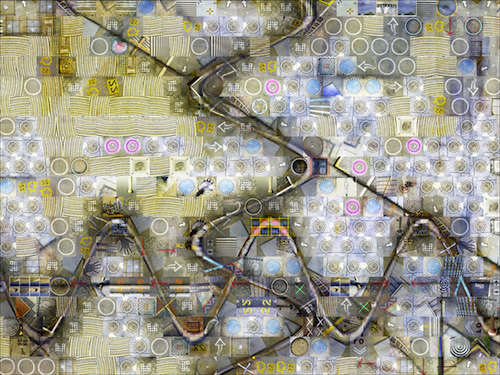
My inner nerd really enjoys the technical aspects of this process, the chance to create complex systems for managing large amounts of image content and the associated metadata. Adobe Lightroom is the perfect tool for this challenge and without it or some comparable image management program I don’t think the work I’m doing would even be feasible. It’s all still a work in progress at this point and I have no idea where it will ultimately take me, but I’m confident that these are ideas worth chasing. These days, when I run into a workflow problem or have a difficult decision to make, my guiding principle is “What would evolution do?
